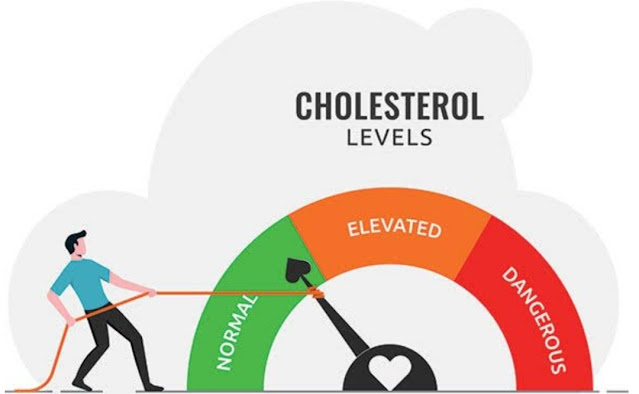LATE _MENSTRUAL CYCLE

Introduction A late period can be a source of anxiety for many, but it's a common experience that often has a variety of explanations. Understanding the possible reasons behind a delayed period can help alleviate concerns and guide individuals in taking appropriate actions. This article explores the potential causes of a late period, its implications, and when it's necessary to seek medical advice. Common Causes of Late Periods Stress Impact on Hormones: High stress levels can disrupt the balance of hormones that regulate the menstrual cycle,leading to a delay. Cortisol, the stress hormone, can affect the production of estrogen and progesterone, which are crucial for the menstrual cycle. Common Scenarios: Work pressures, exams, emotional distress, or significant life changes can trigger a late period. Changes in Weight Weight Loss: Rapid or significant weight loss can lead to a decrease in body fat, which is essential for hormone production. This can result in irregular or ...





